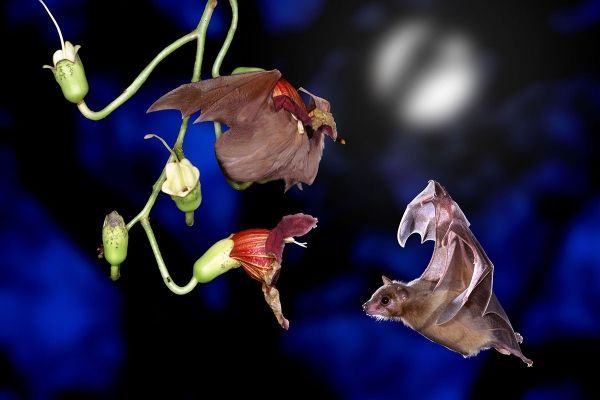The phrase “we’re on the same wavelength” may be more than just a friendly saying: A new study by University of California, Berkeley, researchers shows that bats’ brain activity is literally in sync when bats engage in social behaviors like grooming, fighting or sniffing each other.
“Whenever the bats were socially interacting, you could see these very robust correlations in brain activity,” said Michael Yartsev, an assistant professor of neurobiology and bioengineering at UC Berkeley.
This study, appearing June 20 in the journal Cell, is the first to observe synchronized brain activity in a non-human species engaging in natural social interactions. The finding opens the door to future study on how our brains process social interactions and has potential implications for understanding diseases, like autism, that affect social behavior.
“This is a very core phenomenon that, for two decades, people have been excited about in humans,” Yartsev said. “Now that we’ve observed it in an animal model, it opens the door to very detailed research of it.”
Read more at University of California – Berkeley
Socializing bats show highly correlated brain activity, shows a new UC Berkeley study. (Kim Taylor/Warren Photographic photo)


